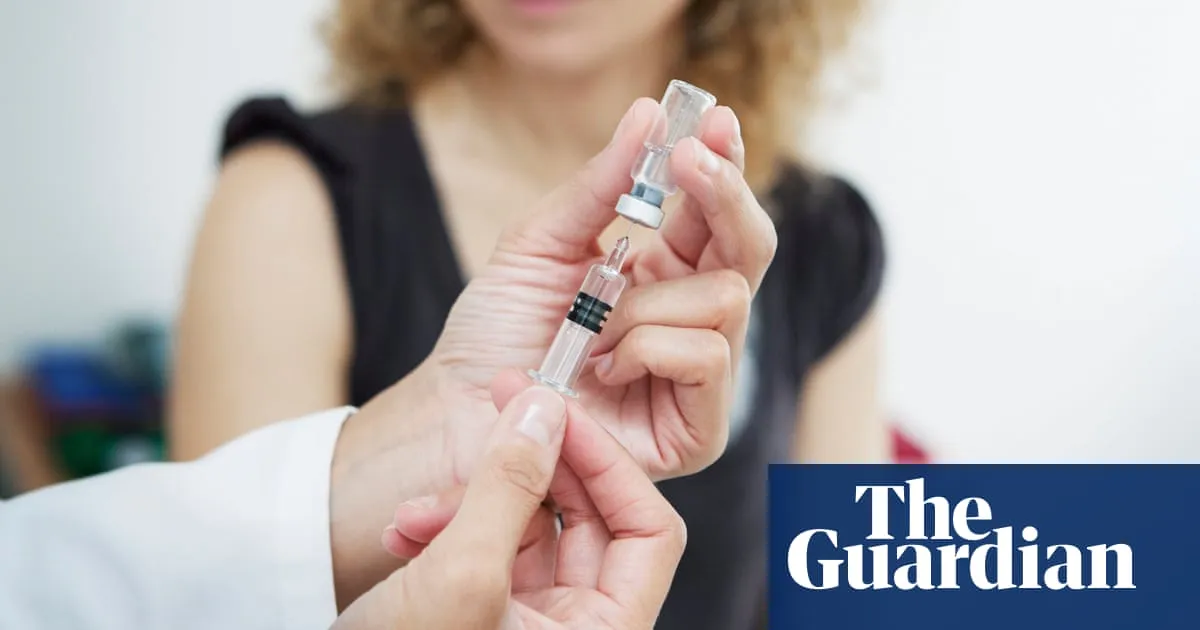
Researchers are at the forefront of developing an innovative injection that creates a contraceptive implant directly within the body. This groundbreaking approach could represent a significant advancement in the way medications are delivered over extended periods. Unlike current contraceptive implants that can last for years but require a trained professional for insertion, this new technique aims to simplify the process and enhance accessibility.
Current options for contraceptive injections are limited, typically offering protection for only three months. The necessity for routine administration can be cumbersome and inconvenient. The new research offers a promising solution with proof-of-concept experiments indicating that a long-lasting implant can self-assemble within the body, potentially revolutionizing contraceptive care.
While the primary focus of this research is on birth control, the implications of this technology extend far beyond. The scientists involved in this study believe that this method could facilitate a simple and effective means to administer long-acting drug delivery systems, which is particularly beneficial in regions with limited medical infrastructure. Dr. Giovanni Traverso, a co-author of the study from the Massachusetts Institute of Technology (MIT) and a gastroenterologist at Brigham and Women’s Hospital, stated, “It’s suitable for any poorly soluble hydrophobic drug, especially where long-acting delivery is needed. This includes treatments for HIV, TB, schizophrenia, chronic pain, or metabolic disease.”
The innovative approach involves injecting micro-crystals of a synthetic version of the hormone progesterone suspended in a solvent that is poorly soluble in water. Once injected, the solvent interacts with bodily fluids, but the micro-crystals tend to clump together rather than dissolve in the water-rich environment. This clumping, along with the formation of additional crystals as the solvent exchanges, leads to the creation of a solid implant that can gradually release the drug over time.
The research team, whose findings were published in the esteemed journal Nature Chemical Engineering, conducted experiments on rats. They successfully refined the choice of solvent for the injection, achieving sustained drug release for at least 97 days. Dr. Traverso noted that there is potential for even longer durations depending on future formulation adjustments. “The dosing and volumes of drug are compatible with multi-year dosing,” he said. Importantly, the solid implant can be removed if necessary, and the technique is suitable for administration with small needles.
Despite the promising results, it’s essential to note that this research is still in its early stages. The efficacy of this new contraceptive implant method has yet to be confirmed in human trials. “It lays the groundwork for future human studies which we hope will start in the next three to five years,” added Dr. Traverso.
Dr. Janet Barter, president of the Faculty of Sexual and Reproductive Healthcare, expressed enthusiasm about this innovative approach. “This innovation has the potential to be a convenient option for individuals in low-resource settings, where access to contraception and healthcare services can be limited,” she stated. She emphasized the importance of further research into the safety, efficacy, and accessibility of this promising technology, encouraging the authors to engage with potential users to ensure that the solution meets the needs and preferences of those who will depend on it.
As the research progresses, this new contraceptive implant technology could pave the way for significant improvements in reproductive health care worldwide, particularly in underserved areas.